
Eco-Friendly Furniture Cleaning Solutions: Fresh Homes, Greener Habits
Chosen theme: Eco-Friendly Furniture Cleaning Solutions. Welcome to a gentle, effective approach to caring for your favorite pieces. Together we’ll swap harsh chemicals for planet-kind methods that actually work—keeping your furniture beautiful, your air cleaner, and your routine delightfully simple. Subscribe for weekly green cleaning tips and real-life success stories.
Green Cleaning Foundations for Every Furniture Piece
Eco-friendly furniture cleaning prioritizes biodegradable ingredients, low-VOC formulas, refillable containers, and minimal residue. It respects material integrity, reduces water and energy use, and avoids fragrances that irritate sensitive noses. Always check labels, spot-test, and choose products verified by credible third-party certifications.
Green Cleaning Foundations for Every Furniture Piece
Build a compact kit: microfiber cloths, a soft-bristle brush, a plant-based soap or castile concentrate, distilled water, an enzyme cleaner for fabric stains, and a gentle wax for wood. With these essentials, you’ll handle most messes while keeping plastics and clutter to a minimum.
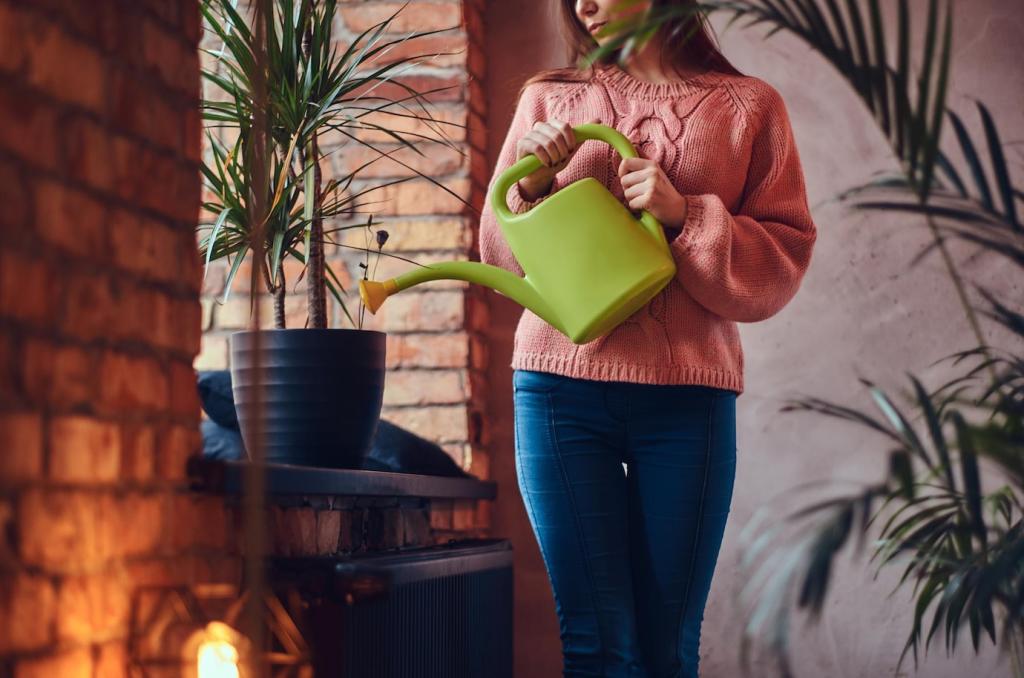
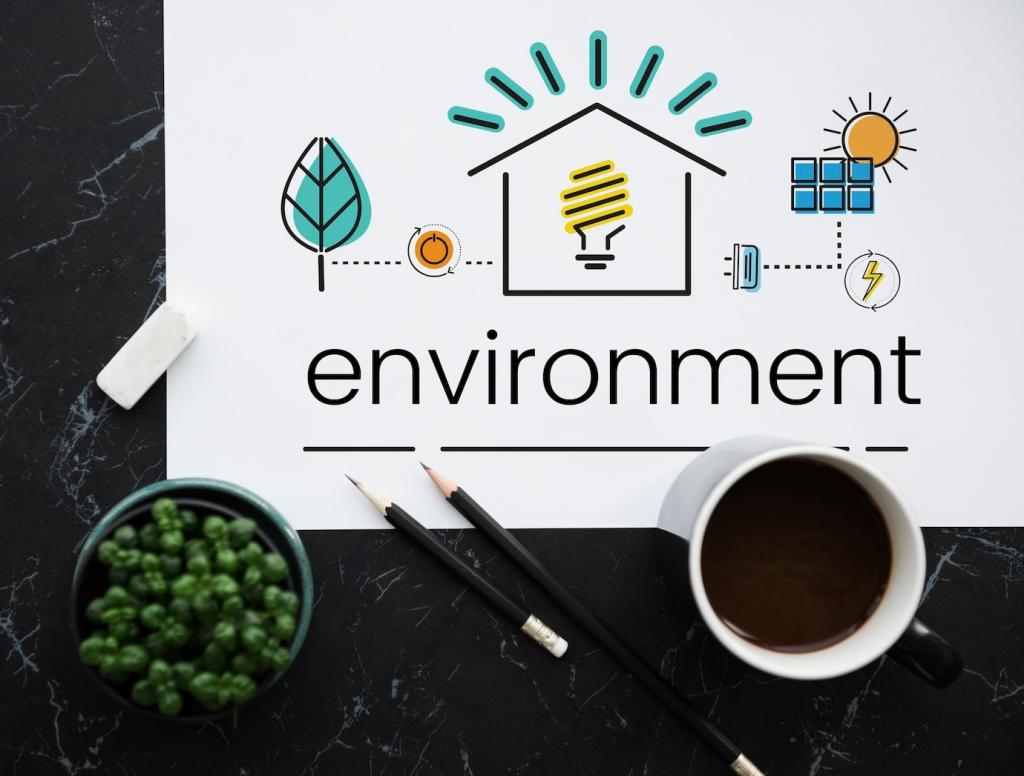
Fabric Upholstery: Plant-Powered Methods That Truly Work
Blot, don’t rub. Apply a plant-based enzyme cleaner and allow proper dwell time so enzymes can digest organic residues. Always spot-test inconspicuous areas first, and work from the outside inward to prevent spreading. Finish with a cool, light rinse and thorough airflow.
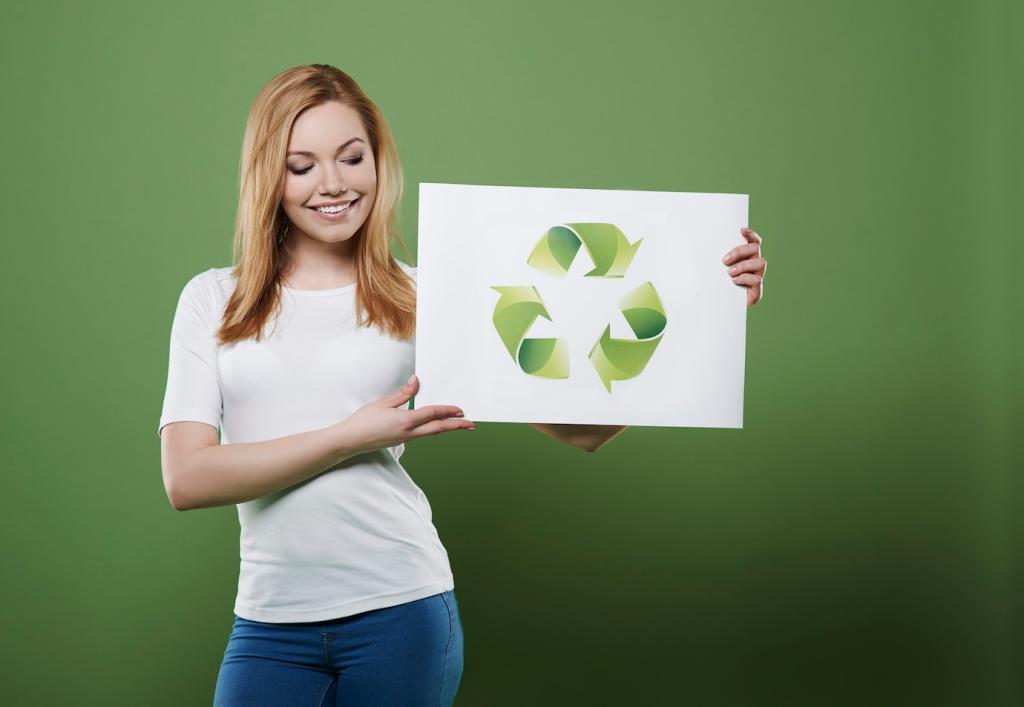

Fabric Upholstery: Plant-Powered Methods That Truly Work
Mix distilled water with a teaspoon of white vinegar and a few drops of mild castile soap in a reusable bottle. Lightly mist and blot with microfiber. The vinegar helps tame odors while the soap lifts everyday soil without leaving heavy residues or harsh scents.
Wipe dust with a dry microfiber, then use barely damp microfiber and a drop of mild, pH-appropriate soap. Avoid alcohol and ammonia, which strip finishes. Work in small sections, never soaking the surface, and buff dry immediately to maintain a smooth, healthy sheen.
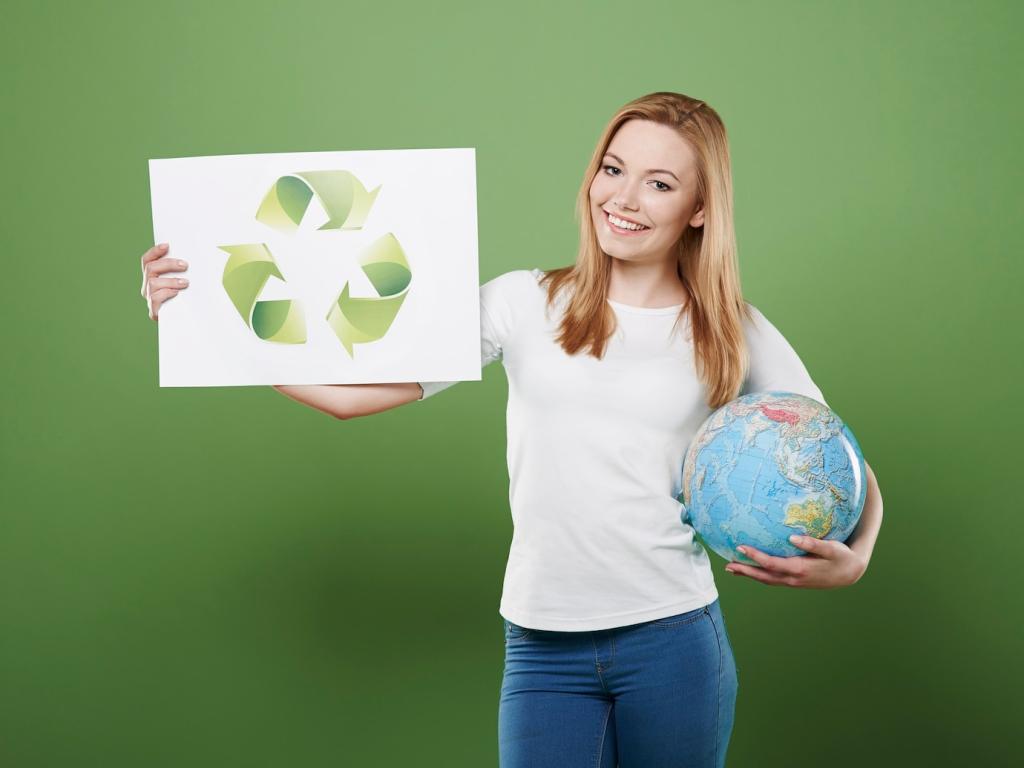
Wood Surfaces: Low-Impact Shine Without the Harshness
Oiled, lacquered, or polyurethane finishes respond differently. For sealed finishes, a slightly damp microfiber lifts dust effectively. For oil-finished pieces, stick to dry dusting and targeted spot-cleaning. When in doubt, consult maker’s guidance or test discreetly to avoid hazing or streaks.
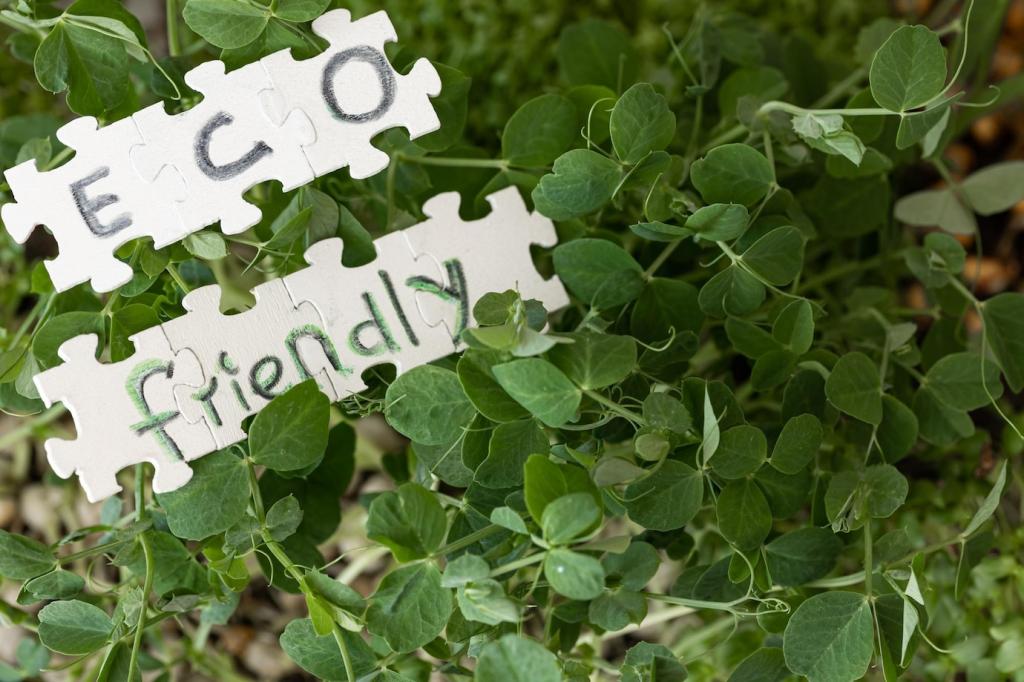
Water and Energy Smarts While You Clean
Spot-clean first. Use concentrates in refillable bottles to cut plastic and shipping weight. Distilled water prevents mineral spotting, so every drop counts. By targeting messes, you avoid oversaturation and dramatically reduce both water use and the risk of fabric warping.
Water and Energy Smarts While You Clean
Skip hairdryers and high-heat settings that set stains and stress finishes. Cross-ventilate rooms and position a fan to move air across, not directly at, damp spots. This even airflow preserves fibers and saves energy while still drying cushions and covers efficiently.

Healthier Homes: Indoor Air Quality Meets Green Cleaning
Low-VOC Choices, Happier Breathing
Select fragrance-free or low-VOC cleaners, and open windows while cleaning. A HEPA vacuum on upholstery removes fine dust and allergens. This pairing keeps indoor air fresher while gently reducing triggers for asthma and allergies without masking scents or leaving heavy residues.
Baking Soda: Useful, with Limits
Baking soda is excellent at absorbing odors and loosening light grime, but it is not a disinfectant. Use it thoughtfully for deodorizing cushions and rugs, then vacuum thoroughly. For sanitation needs, choose a certified, fabric-safe solution designed for your specific material.
Plants, Ventilation, and Reality
Houseplants bring beauty and may modestly help with perception of freshness, but consistent ventilation and regular dust removal matter most. Combine gentle green cleaning with airflow and mindful humidity to keep your rooms feeling clear, calm, and genuinely comfortable.
Rotate cushions, add washable throws in high-traffic zones, and address spills immediately. Small habits prevent deep stains and material fatigue, reducing the need for replacements. Caring consistently is the greenest choice—and it keeps beloved pieces looking welcoming year after year.
Repair, Refresh, and Keep It Longer: Circular Living
If a stain won’t budge after patient, safe attempts, seek an eco-certified professional. Share fabric type and prior steps to avoid rework. Knowing your limits protects fibers and prevents a bad spill from turning into permanent damage or unnecessary chemical escalation.
